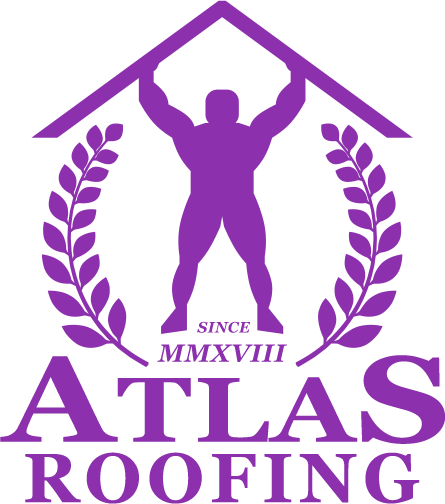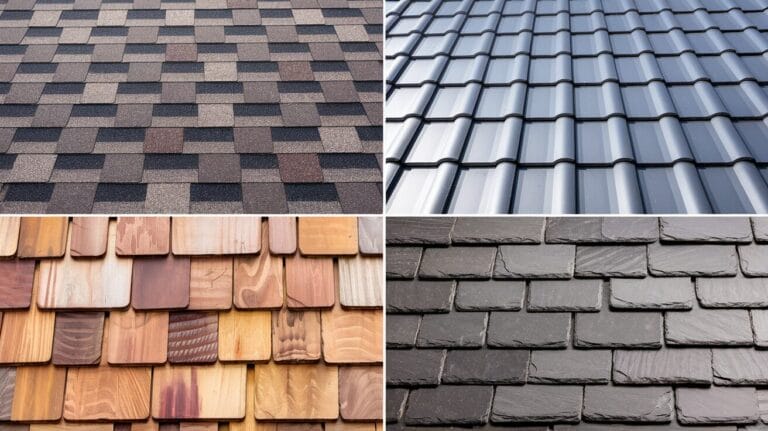
Hailstorms can cause significant damage to homes, especially to metal roofing. If you’re wondering whether insurance will cover the cost of repairs or replacement for hail damage, you’re not alone. Many homeowners are uncertain about what their policies cover when it comes to metal roofs.
In this article, we’ll explore how insurance typically handles hail damage claims for metal roofing, what factors influence coverage, and how you can ensure you’re protected.
- The Role of Insurance Coverage
- Factors Determining Coverage for Hail Damage
- Process of Filing an Insurance Claim for Hail Damage
- Preventing Hail Damage and Insurance Considerations
The Role of Insurance Coverage
Insurance coverage plays a crucial role in determining whether hail damage to a metal roof is covered. Homeowners’ insurance policies generally include coverage for damage caused by hailstorms. However, it is essential to review the terms and conditions of your specific policy to understand what is covered and what is not.
Standard homeowners’ insurance policies typically cover structural damage to the property caused by hail, including damage to the roof. However, specific policy details can vary, so it is vital to check for any exclusions or limitations related to hail damage coverage.
Factors Determining Coverage for Hail Damage
Location and Climate
Where you live plays a significant role in determining whether insurance will pay for hail damage to a metal roof. Certain regions are more prone to hailstorms, and insurance companies take this into account when setting their coverage policies and premiums. If you live in an area with a high likelihood of hailstorms, it is more likely that your insurance policy will cover hail damage to your metal roof.
Insurance Policy Terms and Coverage
The terms and coverage details outlined in your insurance policy are crucial in determining whether hail damage to a metal roof is covered. Review your policy to understand the specific language used to describe coverage for hail damage. Look for any exclusions, deductibles, or limitations that may apply.
Age and Condition of the Roof
The age and condition of the metal roof prior to the hailstorm can also impact insurance coverage. If your roof was already in poor condition or nearing the end of its expected lifespan, insurance companies may be less likely to cover the full cost of repairs or replacement. It is important to maintain your roof regularly and address any pre-existing issues to increase the chances of coverage for hail damage.
Deductibles and Coverage Limits
Insurance policies often have deductibles and coverage limits that play a role in determining the extent of coverage for hail damage. A deductible is the amount you are responsible for paying before insurance coverage kicks in. Higher deductibles may result in lower premiums but can also mean you have a higher out-of-pocket cost for repairs.
Coverage limits refer to the maximum amount the insurance company will pay for hail damage. If the cost of repairs exceeds the coverage limit, you may be responsible for the remaining expenses.
Previous Claims History
Your previous claims history can also come into play when it comes to insurance coverage for hail damage. If you have filed multiple claims in the past, especially for hail damage to the roof, insurance companies may view you as a higher risk and adjust coverage accordingly. This could result in higher premiums or lower coverage for future claims.
Process of Filing an Insurance Claim for Hail Damage
Documenting Hail Damage
When filing an insurance claim for hail damage to your metal roof, it is crucial to document the damage thoroughly. Take clear and detailed photos of the affected areas, capturing the dents, punctures, or any other visible signs of damage. Keep records of the time and date of the hailstorm, as well as any relevant weather reports or witness testimonies. These documentation pieces will help support your claim and provide evidence of the extent of the damage.
Insurance Adjuster Inspection
Once you have filed a claim, an insurance adjuster will typically inspect the hail damage on your metal roof. They will assess the extent of the damage, verify the cause as hail, and determine the cost of repairs or replacement. It is essential to be present during the inspection to ensure that all the damage is properly documented and accounted for.
Negotiating with Insurance Companies
In some cases, insurance companies may initially offer a settlement that may not fully cover the costs of repairing or replacing the hail-damaged metal roof. It is important to review the settlement offer carefully and negotiate with the insurance company if necessary. Provide any additional evidence or quotes from reputable roofing contractors to support your case for a fair and adequate settlement.
Preventing Hail Damage and Insurance Considerations
While it is not possible to completely prevent hail damage, there are steps you can take to minimize the risk and increase the chances of insurance coverage.
- Consider installing impact-resistant metal roofing materials that are designed to withstand hailstorms.
- Regularly inspect and maintain your roof to address any issues promptly.
- Review and update your insurance policy to ensure you have adequate coverage for hail damage to your metal roof.



